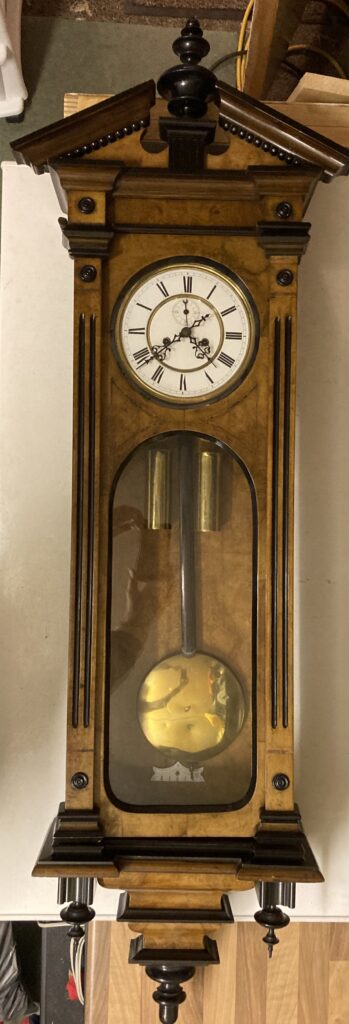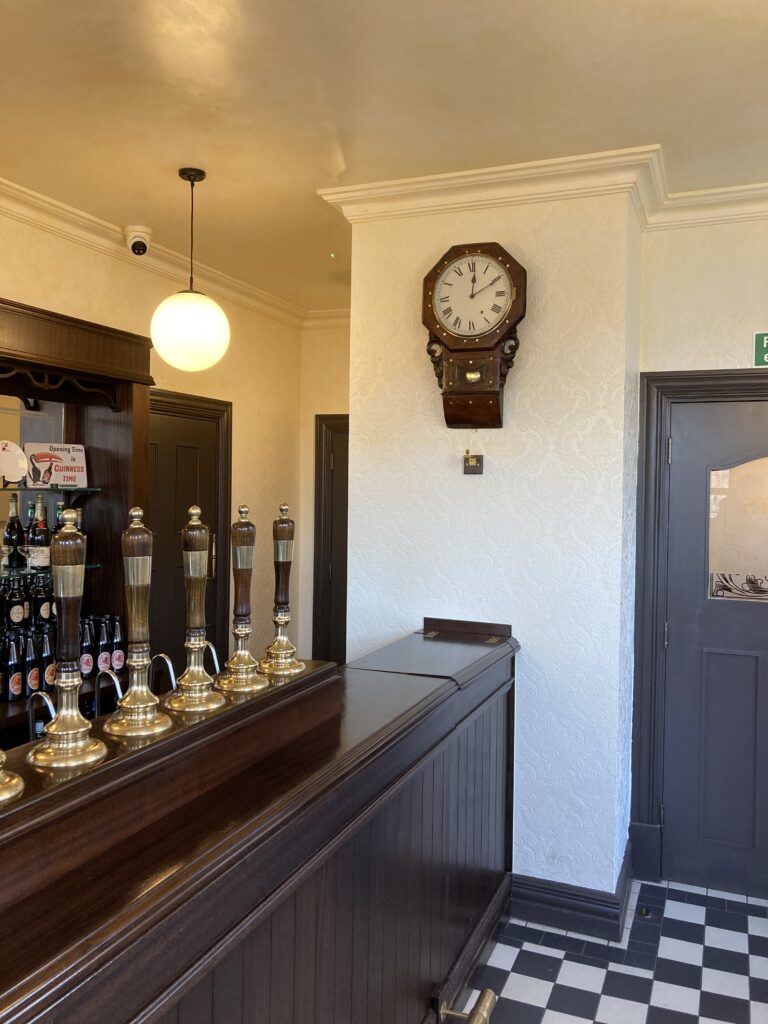Ok so this is not actually a blog by Phil but he sent me an email asking why I had not published much recently and if I was OK. Firstly, how bloody nice!. You know if we were all the men that Phil is the world would be a much happier place. Luckily we do have people like Phil and you (hey, why would you be reading this otherwise – its not exactly a summer blockbuster). Incidentally, the reason I dont post as much as I used to is that I now have more responsibities as the business grows. I still love blogging and I will try to make more time for it. At the moment, every second I spend on the keyboard as opposed to the tools ends up costing people who rely on my money or time.
Anyway, back to the point of this post,
You know, people think Curators are some sort of security force or official at a Museum. This article will change your mind about that. Bear in mind that Phil looks after a limited classification of items. I dont think hes into everything, for instance weaving technologies / spinning jenny although to be absolutely honest I dont know and he may be the words foremost expert on 19th century weaving machinery – It really would not surprise me.
The reason Im publishing this is as a doff of the old cap to those brilliant individuals who keep our industrial, engineering heritage alive with their own efforts (as a vollunteer as you will find most curators are). This is important because there is no difference between Elon Musk and the early road builders like Macaddam. You have heard of Macaddam and you think probably think its a brand to do with tarmac (which probably is a brand), but Maccadam was not a brand (I dont think – dont sue me!). He invented a process for laying roads using smaller stones than paving stones. This homogenation of the particulates in road surfaces (all the same sized smallish stones) uncovered what is essentailly a fluid dynamics principle that locks particles within a varying tollerance into what is best considered as an alloy matrix. If you put a load of grapefruit sized stones with a load of walnut sized stones and then lay that down as a foundation of a road, it will cause rutting. You can even see this on modern roads where there are two distinct tracks on the road infront that follow the tracking of everyones wheels.
Macaddam must have spent some time working with different stone sized mixtures to work out the best mix to avoid ruttting. You know that because his tennet was, I believe, “if you can fit the stone in your mouth, its too big for the road”.
That implies measurement and testing. It also means this bloke understood fluid dynamics, even if those principles had not been named centuries later. I mean you have to love it. We were still in the stone age until the mid 18th Century….. or were we?. DId the architechts of Stone Henge lay thier surrounding roads and discover the same thing via repeatable experimentation (the scientific method – formalised by Galileo Galilee in 1650 or so). Who knows. There is always more to do in archaeology
Its all facinating and very intyeresting to find out what you could be if you just do something like work out how to make a better road, even if you dont really understand how its better.
This is the sort of information curators have. People who go to Museums and dont ask curators (available) for information are wasting a huge opportunity. Its lilke buying a blook and then ripping out all the pages that dont have a picture on them.
Anyway, here is Phils emial (very lightly edited for publication but all his own words). There are a some gems in this email……..
Hi Justin, I hope you are keeping well.
I haven’t been in touch for a while, basically because I was a bit worried about you as you hadn’t been posting on your brilliant blog since last March. However today I found your most recent blogs plus your latest piece on Vienna Regulators, and it has prompted me to write to you because I have just been given one! A rather nice Concordia twin-weight Vienna Regulator from about 1883 in a large handsome walnut case. It had been dropped and the pendulum rod was broken. I haven’t stripped it down yet, so I found your latest blog post very helpful. Although I’ve restored several “Vienna-style” spring-driven clocks before, I’ve never had a proper weight-driven regulator and your advice is very sound. To me, it looks in engineering terms a bit like an over-sized and fast-running 400-day clock; the pivots are tiny, the weights aren’t heavy at all, and the pendulum is massive. Apparently the Concordia factory was set up in Germany by ex-Gustav Becker employees, and although the movement is unsigned it is almost identical to a GB. I will take a great deal of care whilst restoring it. Picture attached.
While I’m writing, I hope you don’t mind my sharing the two latest clocks I’ve overhauled for the Black Country Living Museum. The first was an old (1860-ish) Anglo-American clock that they found in semi-derelict and filthy condition under a bed in a disused room. To cut a long story short, this clock was so worn-out it should really have been scrapped, and it took me months to get it going. Someone previously had stripped out the entire strike train, which is why you’ll notice there’s only one winding hole… Almost every pivot hole needed bushing; every trundle in every lantern pinion needed replacing; every wheel tooth needed filing back to a sensible profile; the mainspring needed replacing; the click and rivet were replaced; the dial needed replacing and so did the pendulum bob. Having done all that and more, and cleaned up and French polished the case, it looks good in its new home, the public bar of the recently-opened Elephant & Castle pub. Photos attached.
The second one was a 12″ English Dial fusee timepiece with a short pendulum. The pendulum was missing completely, and it took me some time to source a replacement and get it running to time, but again it looks just the job in the pub’s Smoke Room. I’d never tackled a fusee movement before. This one had no maker’s name on it, but it was a good quality movement, the fusee cable was perfect and the mainspring was smooth, so I chickened out of removing the spring as I didn’t trust my spring winder to hold the power. The other repair demands a confession, which I’ll happily admit to you. The escape wheel had one tooth about half the length of the others. The clock runs for a whole week and keeps perfect time throughout, so I’m happy and so are the Museum! Photo attached.
With my very best wishes,
Phil
[Justin – These are NOT easy clocks – specially the Regulator / Tall Clock. Maximum respect. Even the fusee is a right….]



Recent Comments